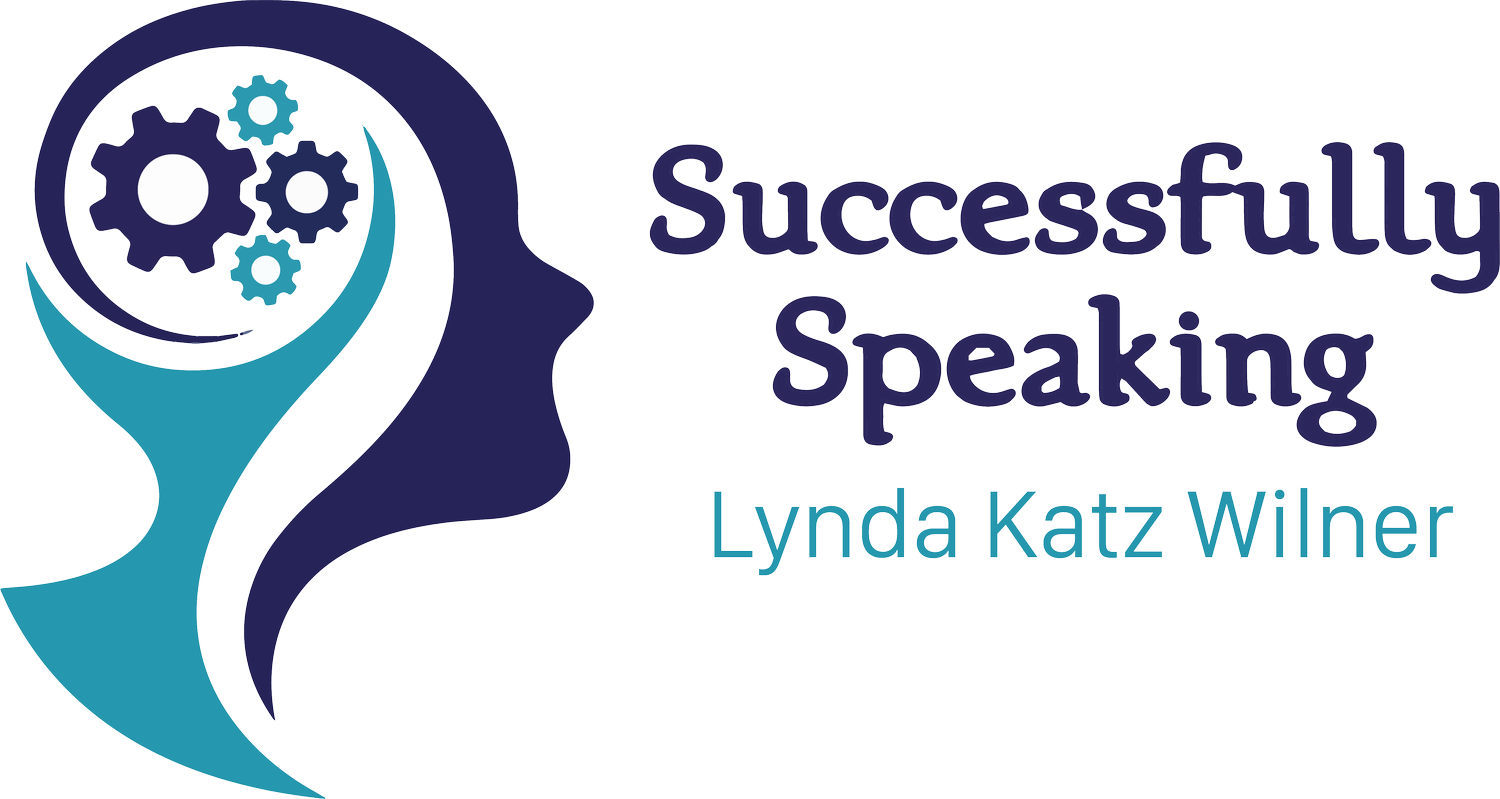Organize Your Presentation
Public speaking is challenging for most people. There are a few out there who are totally comfortable getting up in front of a group of people to give a speech or presentation, but they’re the exception to the rule. Unfortunately, there are going to be times where you’re required to stand up and give an important presentation – maybe one that will help you to advance in your career or aid your company in making a big breakthrough.
While it’s difficult to wipe out nerves completely, there are plenty of tactics to reduce them and make speaking in front of a crowd easier. The most important of these tactics happens way before the presentation ever does: preparation. An organized, well-prepared presentation makes standing up and talking about any subject easier. Affirm your authority when you stand up to speak by organizing your thoughts and knowledge in a way that is cohesive and easy to present.
Organizing Your Presentation
Introduce your subject – The tone of your presentation will depend on to whom you’re presenting and where you are, but if you can open with an alarming or interesting fact, statistic, or question to grab the audience’s attention, you’ll start building your credibility from the beginning. Mention the points that you’ll touch on throughout the presentation so that your audience will know what to expect. This will help you stick to your points, and give them a feel for where you’re going and how you plan to get there.
Cover your points thoroughly – You won’t always cover points in exactly the same way. It all depends on what your presentation is about. There are a few different, logical ways to approach your main points, including chronologically, comparatively, spatially, or presenting a problem and its solution. Take the time to assess your topic and decide which way makes the most sense for ease of understanding, as well as ease of delivery. Try to give your talking points fair and equal time based on importance.
Wrap it up – In your conclusion, you want to quickly remind everyone of the most important points that you’ve made and give them something by which they’ll remember your presentation. Another strong fact, statistic, or an important conclusion that you’ve drawn from the information presented is a good way to tie everything up. Keep your conclusion short, sweet; and succinct.
The glue – Bet you weren’t expecting anything after the conclusion! Transitions are an important part of your presentation. They’re what holds everything together and makes the presentation feel seamless. Try to find links between your points to help segue from one to the other naturally. For example, you might say, “Now that we’ve discussed how to organize a presentation, let’s move on to why it’s so important to have an organizational strategy.” A link like this lets your audience know that you’re moving on, but still feels natural.
A strategy I have developed for my clients is to remember TIES. Check out our newest video to learn how you can be organized and concise whether it is for a quick update or a longer presentation.
[youtube=://www.youtube.com/watch?v=R-zpIX2Fml0&w=854&h=480]
No one ever said public speaking would be easy, but making it more comfortable for yourself can reduce your fear and boost your confidence. Looking for more public speaking tips? Check out our video library, give us a call at 410-356-5666, or contact us to learn more.

